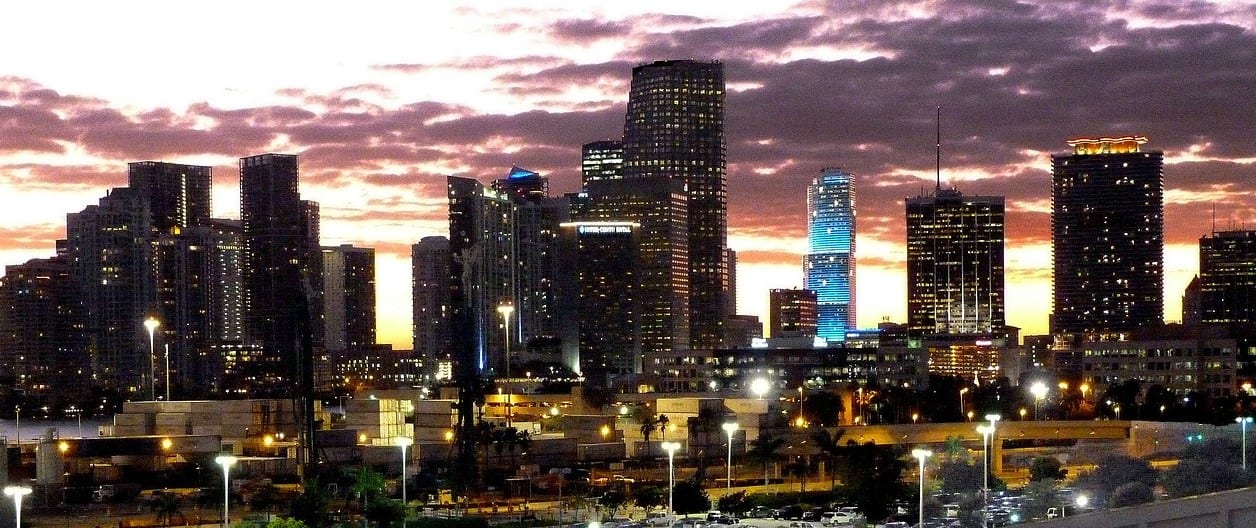By Nancy Dahlberg
In the wake of the Amazon HQ2 adventure, FIU’s Miami Urban Future Initiative (MUFI) and the Creative Class Group released a new report on Greater Miami.
First, the report acknowledges how far we’ve come. Beyond being selected as a top 20 finalist city for Amazon HQ2, Miami’s startup community has recently been ranked No. 31 in the world for attracting venture capital, an average of $850 million a year. Among US metro areas, it ranks 13th.
MUFI’s assessment: The Miami metro area is in the third tier of startup cities, but could climb by doubling down on existing strategies and developing new strategies in three areas: Building the talent base, leveraging its role as Latin America’s headquarters and investing more in its infrastructure, particularly transportation and mobility (I think we can all agree on that one).
Here are a few highlights from the report:
The Miami area ranks 11th in the nation for the number of people with bachelor’s degree or higher, and the same ranking for advanced degrees. But looked at as a share of the population, Miami doesn’t fare as well, just slightly above the national average. Similar trends for the number of people in the Creative Class: 11th in the country, but when looking it in percentage terms, it falls to 49th out of 53 metro areas above 1 million.
The report found that the area has competitive advantages in legal, healthcare and financial services but lags in computer, mathematics and science occupations.
Miami also stands out in attracting foreign-born talent. The region ranks No. 2, just behind San Jose, in the number of foreign born adults with a bachelor’s degrees or higher.
The report also lauded Miami’s retention rate of its own college students and that Greater Miami is home to six Fortune 500 headquarters, and multiple offices of multinationals.
Among the recommendations: Invest more in research universities and education. Increase and improve regional collaboration. Leverage our anchor institutions. On the latter two, the report points out other cities that are doing this better. We need to up our game in order to compete for the next Amazon HQ2-like opportunity and to build our own, the report said. (Although no fan of the HQ2 contest, urbanist Richard Florida, co-author of the report and MUFI visiting fellow, believes Miami could win an Amazon LatAm headquarters – stay tuned.)
“In the wake of Amazon HQ2, Greater Miami would do well to redouble its effort to build on its foundations,” said Florida. “It’s time to work together to build a stronger and more resilient regional economy.”
The full report is available here.
Richard Florida and South Florida’s economic development leaders are gathering Tuesday for a talk facilitated by the Miami Herald and the Beacon Council on Tuesday. More information is here.
Follow Nancy Dahlberg on Twitter and email her at [email protected]
- Full circle moment for Johanna Mikkola, the new CEO for Tech Equity Miami - April 22, 2024
- AI, Pitbull and startup optimism star at eMerge Americas Day 2 - April 20, 2024
- Tech and politics do mix at 2024 Miami Tech Summit, with eye on the future - April 18, 2024





